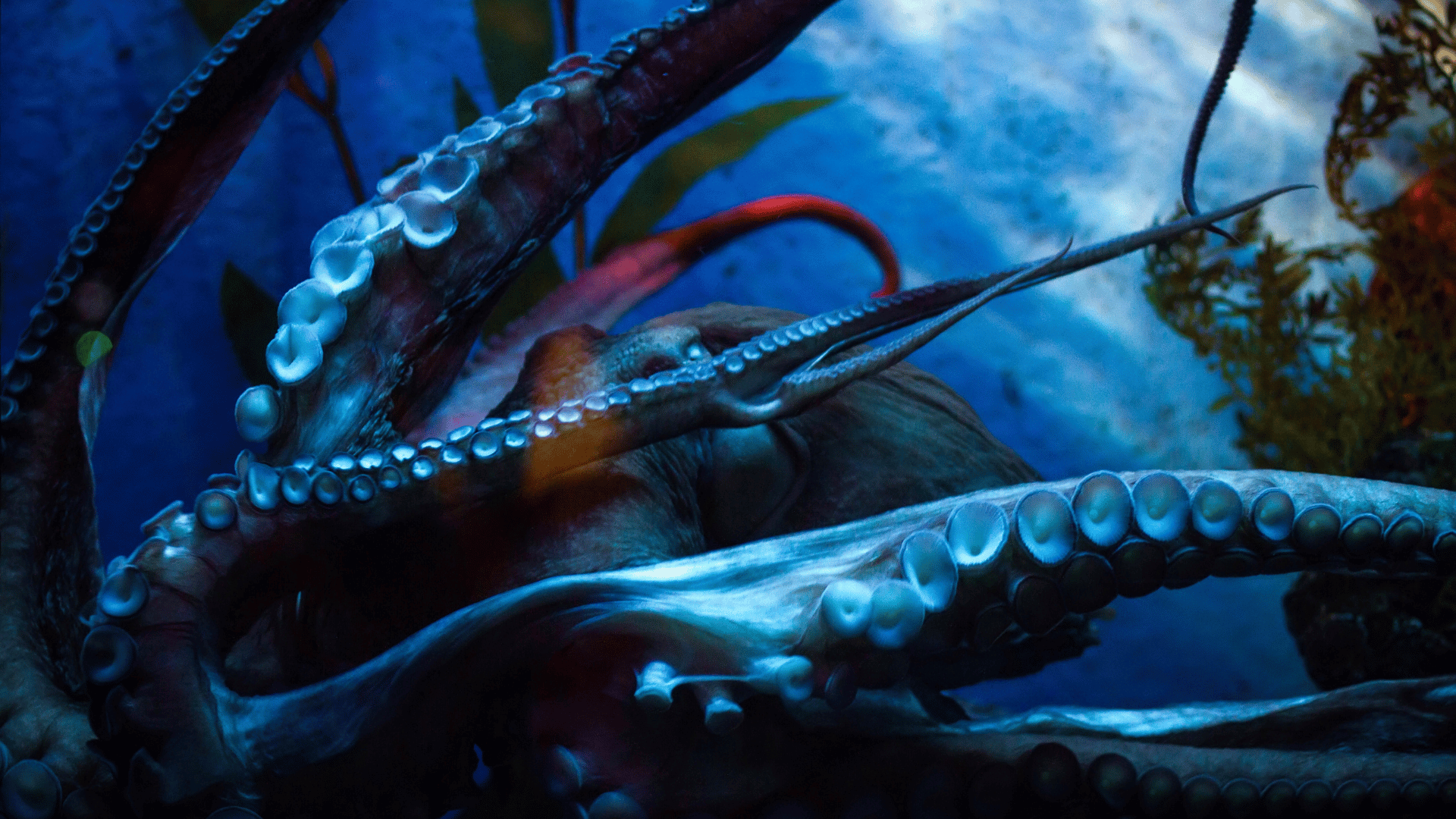1. Jellyfish bodies have an outer layer called the epidermis; a middle layer made of a jelly-like substance called mesoglea; and an inner layer, called the gastrodermis. Jellyfish have a very basic nervous system allowing jellyfish to smell, detect light, and respond to other stimuli.
2. Scallops clap their shells together to create a jet propulsion allowing the scallop to swim short distances.
3. Octopuses have a central brain and then 8 mini-brains in each of their tentacles allowing each to operate independently.
4. Each foot of the starfish is able to use smell, taste, and touch to make its way around their surroundings. Starfish also use these feet to grab and eat their prey.
5. Some crabs have little swimmerets that allow them to swim through the water rather than walk along the sea floor.
6. When shark eggs are laid, they are in a protective egg case that helps them survive until they hatch. The protective case of the shark egg will sometimes wash ashore and are often called a “mermaid’s purse.” The majority of sharks give birth to live young that have developed inside the mother’s body.
7. Orcas will commonly play with their food for sport. However, it is unclear why they play with stinging jellies. It has been speculated that they may like the tingling effect.
8. Cleaner shrimp clean fish by removing parasites, dead tissue, and mucus from their bodies. This helps the fish in preventing them from getting sick or infested with parasites. These cleaning services help fish stay healthy. Cleaner shrimp benefit as well, since they get access to food that’s otherwise difficult for them to find.
9. Sea angels are a type of gelatinous, transparent slug and can swim two times faster than their prey the sea butterfly. The sea butterflies have a protective shell that the sea angel will pull their bodies out of and eat through the protrusions on their head. The protrusions, called buccal cones, have hooks and a kind of toothed-tongue on the inside.
10. Leafy sea dragons have kinked, spiny backs and bony armor also add extra protection from predation. Leafy sea dragons have no known predators due to these unique defenses.







